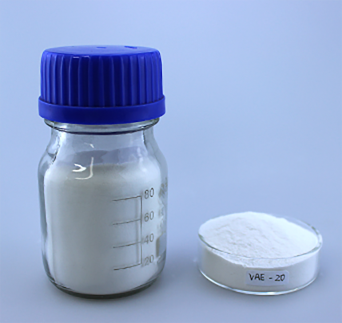
Aug . 13, 2024 20:45 Back to list
Exploring HPMC Types and Their Applications in Various Industries and Formulations
Understanding HPMC Types A Comprehensive Overview
Hydroxypropyl Methylcellulose (HPMC) is a versatile polymer widely used in various industries, including pharmaceuticals, food, construction, and cosmetics. As a semi-synthetic derivative of cellulose, HPMC offers unique properties such as water solubility, thickening ability, and film-forming capacity. With numerous types of HPMC available in the market, understanding their characteristics and applications is crucial for selecting the appropriate type for specific needs.
Understanding HPMC Types A Comprehensive Overview
1. Low Viscosity HPMC These types typically have a viscosity range of around 1000 to 4000 mPa.s at a 2% concentration. Low viscosity HPMC is often used in applications requiring rapid thickening, quick film formation, or spraying solutions. It is commonly found in food products as a thickener and stabilizer, as well as in pharmaceutical formulations where a fast-acting binder is needed.
hpmc types

2. Medium Viscosity HPMC With a viscosity range of approximately 4000 to 10000 mPa.s, medium viscosity HPMC strikes a balance between performance and usability. This type is frequently used in construction materials like tile adhesives, where it provides improved adhesion and workability. In pharmaceuticals, medium viscosity HPMC serves as an excellent matrix for controlled-release drug formulations, allowing for a steady release of the active ingredient in the body.
3. High Viscosity HPMC High viscosity grades exhibit viscosities greater than 10000 mPa.s. These types are particularly appreciated for their enhanced thickening properties and can create more stable emulsions in cosmetic products. In the food industry, high viscosity HPMC is utilized to create creamy textures and improve mouthfeel in products like sauces and dressings. In pharmaceuticals, high viscosity HPMC is pivotal in formulation processes where high gel strength is required, enhancing the bioavailability of poorly soluble drugs.
Apart from viscosity, HPMC can also be differentiated based on its application-specific properties. For instance, HPMC can be tailored for water retention, salt tolerance, and thermal stability, enabling its use in various formulations. In the pharmaceutical industry, specific formulations known as HPMC capsules are favored for their ability to encapsulate a wide range of active ingredients, providing advantages in drug delivery systems.
In conclusion, the diverse types of HPMC—ranging from low to high viscosity—cater to a myriad of applications across different industries. Understanding these categories facilitates effective selection for specific production requirements, ensuring optimal performance and outcomes. As industries continue to evolve and seek innovative solutions, the relevance of HPMC and its types will remain significant, highlighting the importance of ongoing research and development in this field. Whether for improving the texture of food products, enhancing the potency of pharmaceutical formulations, or boosting the performance of construction materials, HPMC types are an essential part of modern formulation science.
-
Versatile Hpmc Uses in Different Industries
NewsJun.19,2025
-
Redispersible Powder's Role in Enhancing Durability of Construction Products
NewsJun.19,2025
-
Hydroxyethyl Cellulose Applications Driving Green Industrial Processes
NewsJun.19,2025
-
Exploring Different Redispersible Polymer Powder
NewsJun.19,2025
-
Choosing the Right Mortar Bonding Agent
NewsJun.19,2025
-
Applications and Significance of China Hpmc in Modern Industries
NewsJun.19,2025







